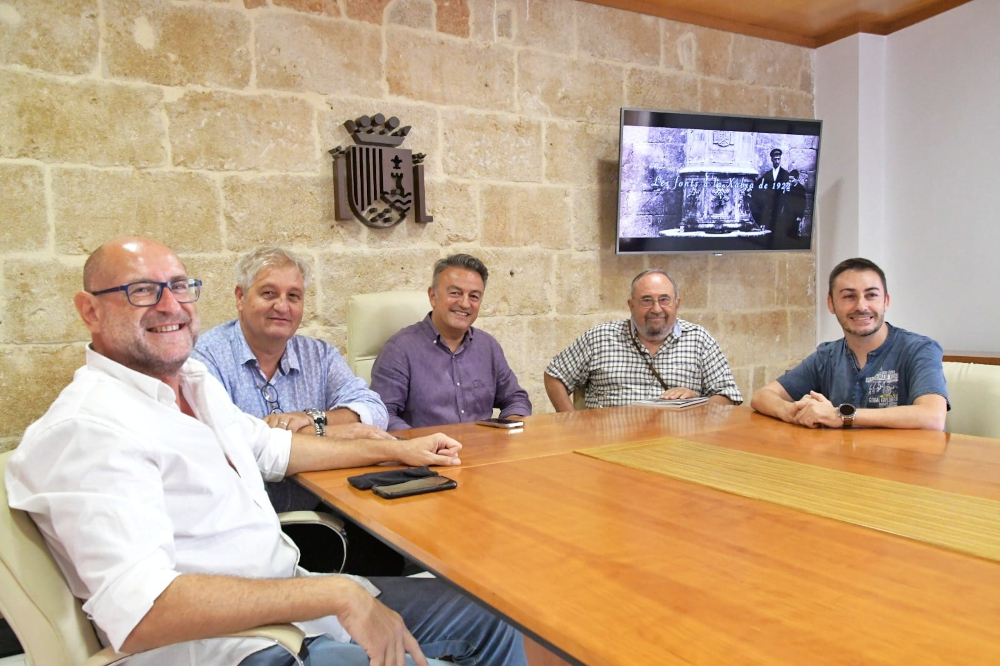New book and documentary marks 100 years since first public fountains were created in Xàbia
The two works will be presented on Friday, October 28 at the Casa de la Cultura

Wednesday 19th October 2022 · Mike Smith
Source: Ajuntament de Xàbia
This year marks a moment of great symbolism in the history of water supply in Xàbia. November 4th marks the 100th anniversary of the inauguration of the town’s first water distribution network. In 1922, a local council with very few resources but assisted by donations and physical work by local residents created a small water network that supplied six fountains spread across the municipality as well as a clothes washing area and drinking trough, which as located next to a spring, the “Pou Nou”, next to the Gorgos river.
Mayor Jaume Casabó, forever after known as the “water mayor”, led the long celebrations of the town, marking this step towards modernization which had a great impact of the daily life of xabieros, who had to travel to wells located on the outside of the village or to cisterns of country houses to gather their water.
To mark this centenary, AMJASA has published a book “L’Aigua a Xàbia: Les Fonts de la Vila’ which has been written by Antoni Espinós, who explains what it means for the local population to have access to water through the municipal fountains and the role played in their development by figures such as mayor Casabó and stonemason Vicent de Gràcia. He also highlights the festivities that accompanied the inauguration of the network and includes the leaflets from the day that announced it.
The book has been printed on recycled paper by Imprenta Botella and will be presented on Friday 28th October at 8.00pm at the Casa de la Cultura in the heart of the historic centre of town. In addition, a commemorative documentary commission by the Municipal Archive will also be released, full of testimonies from local people such as Bartolomé Bas, the sisters Fina and Gloria Gasent, Reme Berenguer, Magdalena Marí, Pepe Cardona and Antoni Espinós who remember how these sources changed life in Xàbia and how they have evolved across the different generations.
In addition to the book and documentary, another action being carried out within the centenary celebrations is the renovation of some of the oldest fountains, such as the one in the church square in front of the historic church of San Bartolomé and that in Loreto. AMJASA has also announced that once the pandemic is over, it is planning to recover some of those which have disappeared as well as install new ones in municipal areas such as parks.






